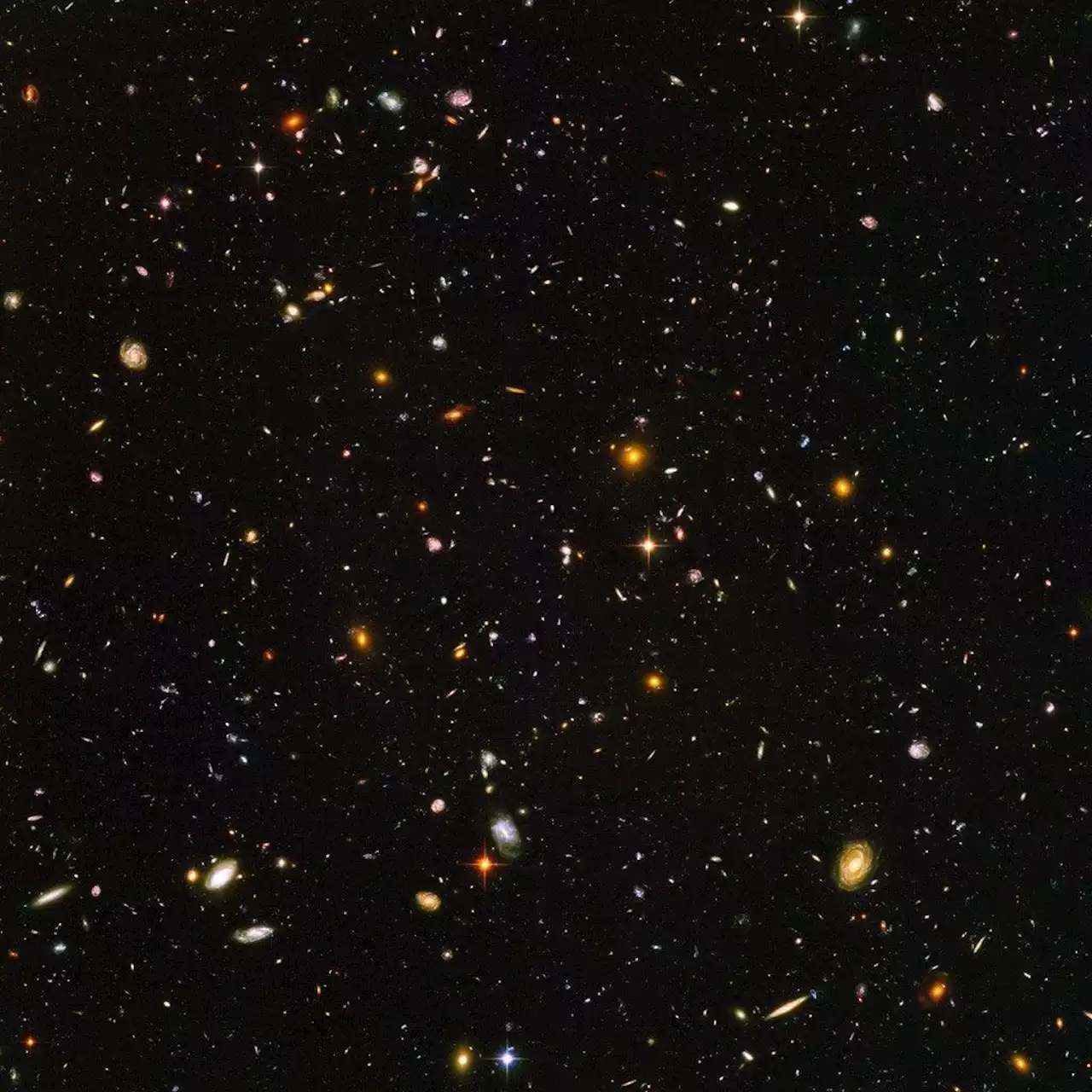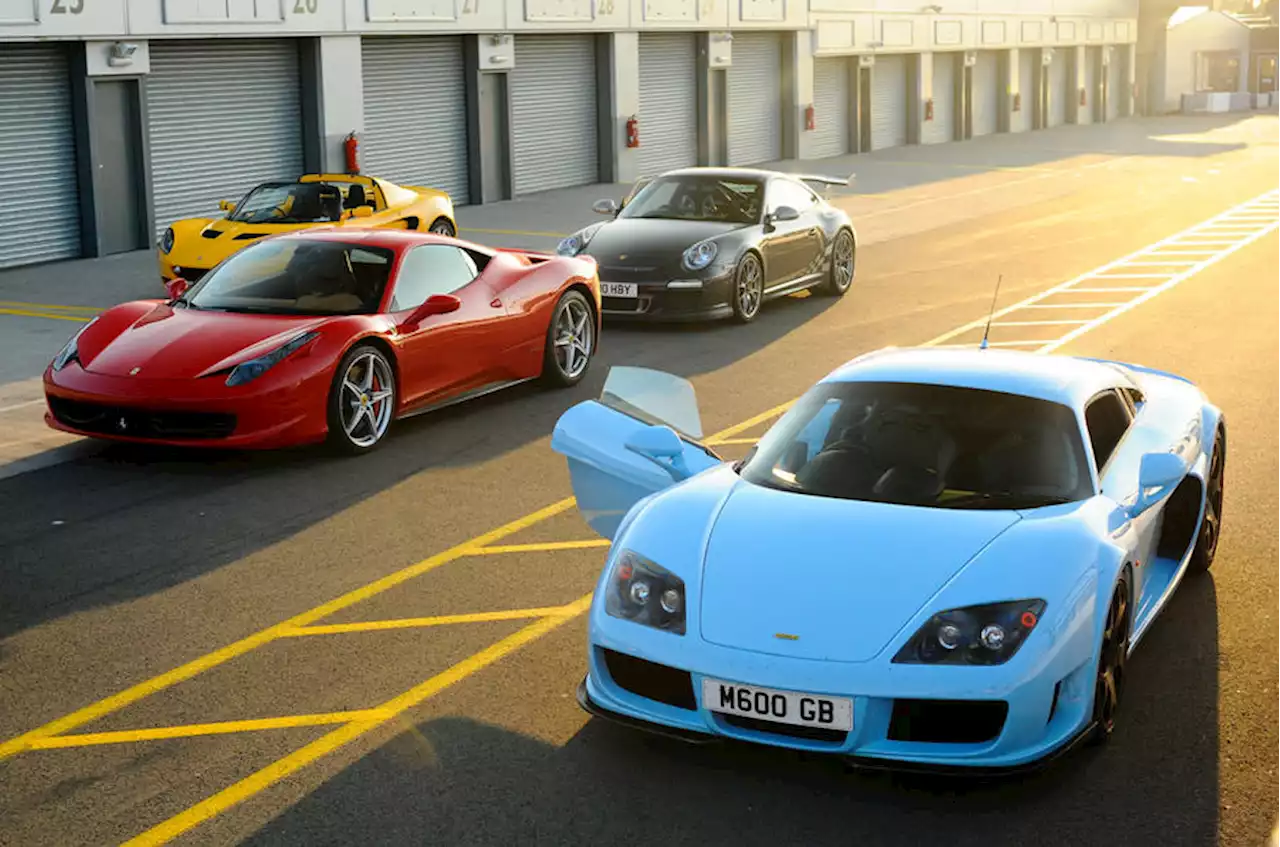The Milky Way's Most Recent Meal was a Galaxy it Gobbled up 8-10 Billion Years ago: by BrianKoberlein
A central aspect of galactic evolution is that they must eat or be eaten. Dark energy strives to push galaxies apart, but gravity tries to pull them together. As a result, galaxies tend to form into local groups. As these superclusters of galaxies become more isolated due to cosmic expansion, they gravitationally turn on each other, and in time the largest galaxies of the group will consume the smaller ones.
The globular cluster NGC 2808 is possibly GSE’s remnant core. Credit: NASA, ESA, A. Sarajedini, and G. Piotto Based on earlier observations, we know that many of the remnant stars from galactic collisions end up in the halo of the Milky Way. This is a roughly spherical collection of stars that surrounds our galaxy. The most recent merger seems to have been with a small galaxy known as Gaia-Sausage-Enceladus , which happened about 8 – 10 billion years ago. But not many details have been known about this merger.
To answer this question, the team used Gaia observations of stars in the halo of the Milky Way and combined that data with a survey of the outer edges of the Milky Way known as the H3 Survey. This gave the team a good understanding of the position and motion of halo stars. They then created numerical simulations of various hypothetical collisions between GSE and the Milky Way.
The merger with Gaia-Sausage-Enceladus accounts for most of the Milky Way’s mass increase over the past 10 billion years. It was a big breakfast for our galaxy’s cosmic day. Later on, the menu are other meals, including those of the small and large Magellanic clouds, both of which are approaching the Milky Way. Then, of course, there is the grand meal to come, when the Milky Way and Andromeda galaxies collide in about 5 billion years.
United States Latest News, United States Headlines
Similar News:You can also read news stories similar to this one that we have collected from other news sources.
 Twelve for dinner: The Milky Way’s feeding habits shine a light on dark matter -- ScienceDailyAstronomers are one step closer to revealing the properties of dark matter enveloping our Milky Way galaxy, thanks to a new map of twelve streams of stars orbiting within our galactic halo.
Twelve for dinner: The Milky Way’s feeding habits shine a light on dark matter -- ScienceDailyAstronomers are one step closer to revealing the properties of dark matter enveloping our Milky Way galaxy, thanks to a new map of twelve streams of stars orbiting within our galactic halo.
Read more »
 Hunting galaxies far far away: Here's how anyone can explore the universeIn just our observable universe, we estimate there are over 2 trillion galaxies!
Hunting galaxies far far away: Here's how anyone can explore the universeIn just our observable universe, we estimate there are over 2 trillion galaxies!
Read more »
 Opinion: Will old-school Noble beat high-tech rivals? | AutocarThe Noble M500 faces much stiffer competition today than its forebear did twenty years ago
Opinion: Will old-school Noble beat high-tech rivals? | AutocarThe Noble M500 faces much stiffer competition today than its forebear did twenty years ago
Read more »
 Twelve for dinner: The Milky Way’s feeding habits shine a light on dark matter -- ScienceDailyAstronomers are one step closer to revealing the properties of dark matter enveloping our Milky Way galaxy, thanks to a new map of twelve streams of stars orbiting within our galactic halo.
Twelve for dinner: The Milky Way’s feeding habits shine a light on dark matter -- ScienceDailyAstronomers are one step closer to revealing the properties of dark matter enveloping our Milky Way galaxy, thanks to a new map of twelve streams of stars orbiting within our galactic halo.
Read more »
